Mastering the art of studying isn’t a one-size-fits-all approach. It’s a journey of discovery, where each individual finds the method that best suits their learning style. With a different types of study methods at our disposal, it’s crucial to recognize the ones that can truly enhance our comprehension and retention of knowledge.
Different Types of Study Methods
Active Learning

One of the different types of study methods is active learning. It involves explicit involvement of the student, altering the traditional view that sees the student as a passive recipient of information. Examples like group discussions, note-taking, teaching others or formulating questions promote an active learning environment.
Engaging in such activities, students can synthesize and apply learnt concepts effectively. They’re urged to think critically, a quality vital in real world problem solving.
Interleaving Study Technique
Interleaving involves swapping between different topics or types of problems during a single study session instead of focusing on one aspect alone. One might study mathematics, move to history, and then return to mathematics. This varied approach boosts the ability to differentiate between concepts and aids in learning how to apply the appropriate strategies in specific contexts.
Visualization and Association
Visualization and Association deals with creating mental images to make abstract information more tangible. For example, para-phrasal sentences can be visualized as stages in a drama play to enhance retention. This imagery links new information to existing knowledge, assisting with better comprehension and recall of the study material.
Choosing the Right Study Method
Assessing Your Learning Style

Frequent introspection paves the way for identifying one’s learning style—an essential first step in choosing a study method. Learners often fall into categories: visual, auditory, reading/writing, or kinesthetic, each favoring distinctive educational tools. For example, visual learners naturally gravitate towards information presented graphically (e.g., charts, diagrams). Understanding these preferences allows learners to select compatible study techniques, reducing the learning curve and augmenting comprehension.
Testing Different Methods
Selecting the ideal study method also involves rigorous experimentation. An individual may try out various techniques (e.g., active learning, spaced practice) in different settings. Observing the results—in terms of comprehension, retention, and application of knowledge—indicates the effectiveness of each method. This trial and error process enables learners to discover an array of strategies that work best for them, facilitating a more personalized, effective, and enjoyable learning experience.
Tips to Effectively Use Different Types of Study Methods
Making a Study Schedule
Crafting a dedicated study schedule serves as a pivotal step in optimizing the use of diverse study methods. It affords a systematic way to allocate time effectively for each subject, incorporating different study techniques based on the learner’s preference and the nature of the subject. For example, a visual learner might allot more time to creating mind maps during social science studies. Predictability fostered by a well-structured schedule might enhance compliance and improve information retention.
Taking Breaks
Including breaks in a study schedule improves effectiveness of the study session. The Pomodoro technique, a common example, encompasses studying intensely for 25-minute intervals followed by a 5-minute break. It helps maintain focus, reduce mental fatigue and enhance productivity. Moreover, brief breaks might assist in consolidating information and possibly boost long-term memory.
Adopting a Holistic Learning Approach

Embracing a holistic learning approach supplements diverse study methods. It entails viewing content as interconnected rather than disparate elements. For instance, linking Einstein’s Theory of Relativity to speed of light and mass could deepen understanding. Moreover, this method augments critical thinking, facilitating lasting knowledge retention and real-world application of concepts. It adds a layer of cogitation that moves beyond memorization to actual understanding.
Balance of Methods
The journey to mastering different types of study methods is a personal exploration of what works best for each individual. It’s about finding the right balance of methods that cater to one’s learning style and the nature of the subject material. From active learning to visualization techniques, there’s a myriad of strategies that can enhance understanding and retention. It’s not a one-size-fits-all approach, but rather a dynamic process of trial and error.

